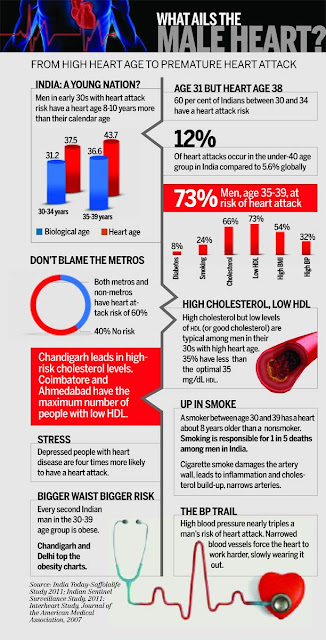Echo
Well explained through animation
What is an echocardiogram?
The echocardiogram, or “echo” test, is an extremely useful test that allows your doctor to study your heart; the results after proper interpretation are very accurate.
The echocardiogram reveals important information; for instance, it helps detect problems with the heart valves such as aortic stenosis or mitral valve prolapse, and helps evaluate congenital heart disease.
The echocardiogram is also a good way to get an overall idea of how your heart is functioning.
The standard echocardiogram is an easy, simple and noninvasive test.
The standard echocardiogram is an easy, simple and noninvasive test.
While you are on an examination table, a trained technologist holds a small device called a sound-wave transducer against your chest, sliding it back and forth. A gel-like substance might be applied to your chest to help slide the transducer. By aiming the transducer, the technologist will be able to get a clear image of most of the important areas of your heart.
Why is your doctor requesting an echocardiogram?
Your doctor may order an echocardiogram for several reasons, including:
To determine the presence of many types of heart disease
To follow the progress of heart valve disease over time
To evaluate the effectiveness of medical or surgical treatments
To assess the overall function of your heart
How does the echocardiogram work?
The transducer sends sound waves toward the heart.
The sound waves bounce off the heart, are collected by the transducer, processed by a computer, assembled into a two-dimensional image of the beating heart, and then displayed on a screen.
An echocardiogram is entirely safe.
An echocardiogram is entirely safe.
There are several types of echocardiograms, as explained below. Your doctor will determine which is right for you.
1. Transthoracic echocardiogram
This painless test is similar to X-ray, without the radiation.
The health professional performing the test will place a hand-held device (a transducer) on your chest. The transducer transmits high frequency sound waves called ultrasound. The sound waves bounce off the different areas in your heart muscle, producing images and sounds that the cardiologist will use to detect any problems your heart may have.
2. Transesophageal echocardiogram (TEE)
3. Stress echocardiogram
4. Dobutamine (or adenosine/sestamibi) stress echocardiogram
2. Transesophageal echocardiogram (TEE)
In this test, the transducer is inserted down the throat into the esophagus.
Because the esophagus is located close to the heart, the doctor can obtain a clear picture of your heart’s structure.
This type of echocardiogram can create images of cardiac structures that are difficult to see from a standard echo test. It also offers a way to view images during heart surgery.
3. Stress echocardiogram
Like the nuclear stress test, this is performed while you exercise on a treadmill or stationary bicycle.
The doctor uses this test to see how the heart's walls move and its pumping action when you’re exercising.
It’s important because the test can show a lack of blood flow that your doctor can’t always see from other heart tests.
4. Dobutamine (or adenosine/sestamibi) stress echocardiogram
This is another type of stress echocardiogram, which is used if you are unable to exercise on a treadmill or stationary bike.
In this test, the stress is obtained by giving a drug that stimulates the heart as if you were exercising.
This test can help your doctor determine how well your heart tolerates activity, and how likely you are to have coronary artery disease (blocked arteries).
It can also help to determine the effectiveness of your cardiac treatment plan.



Comments
Post a Comment